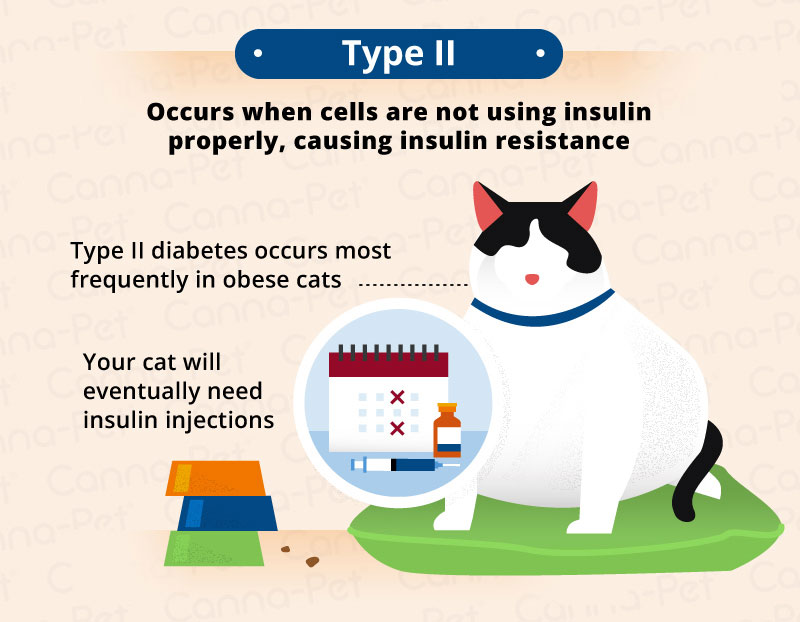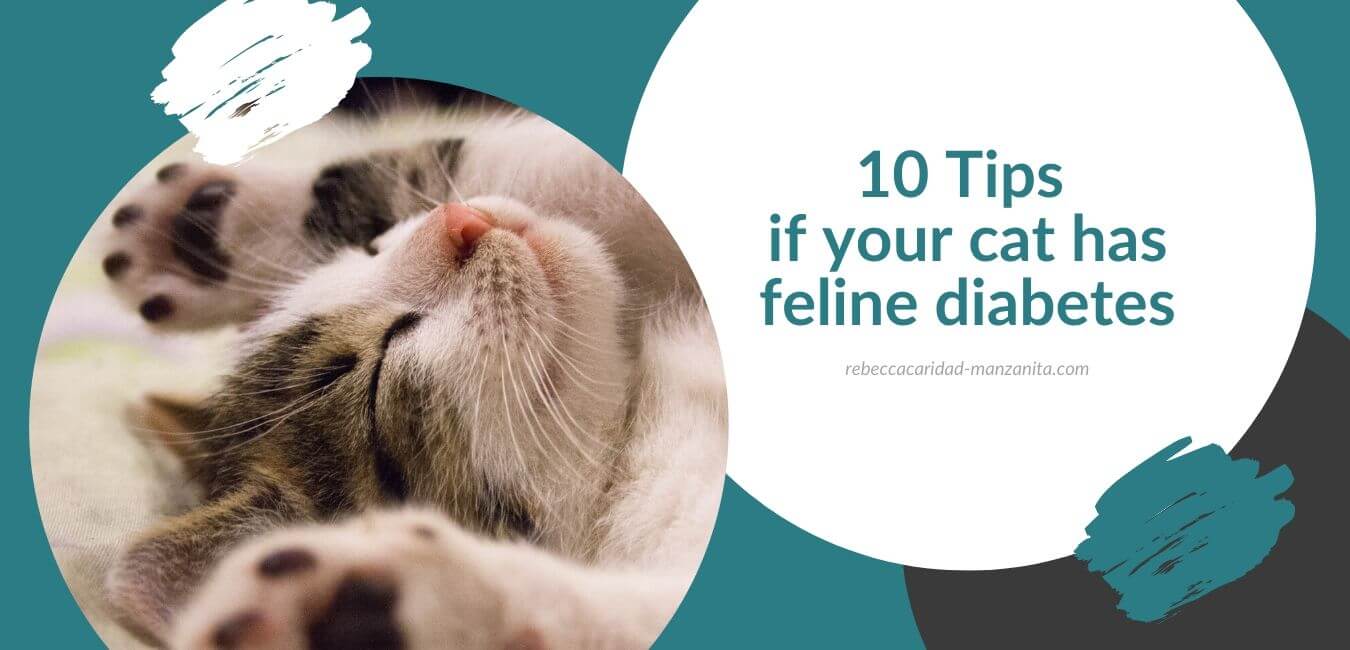Casual Info About How To Tell If Your Cat Has Diabetes

The four main symptoms of diabetes mellitus are increased thirst, increased urination, weight loss, and increased appetite.
How to tell if your cat has diabetes. Generally, the following screening tests are performed when diabetes mellitus is suspected: Excessive thirst increased urination weight loss, despite normal or increased food intake as the condition begins to. While there are a few things to look out for, dr.
Frequent urination if your cat goes to the bathroom more often, it might be a sign of diabetes, which also causes increased thirst. If you notice your cat. Urine testing will also show high glucose and ketone.
This typically involves pricking the inside of your cat’s ear. The injection is usually given in the scruff of the neck and should. Here's all you need to know about diabetes in cats, including.
Signs of hypoglycemia include lethargy, loss of appetite, weakness, low body temperature, and tremors or seizures. Cat diabetes can be a lethal and destructive disease. A plantigrade stance, recurrent urinary tract infections, and symptoms of diabetic ketoacidosis (decreased appetite, vomiting, lethargy, dehydration, and.
01:58 reviewed by mera goodman, md, faap you likely know about diabetes in humans. Blood tests will show high blood glucose and ketones, acidic blood, dehydration and high liver enzymes. Some cats with diabetes have.
Most cats with diabetes will need insulin injections, normally twice a day, about 12 hours apart and after a meal. Erika raines, dvm, cva, cvsmt, of the holistic pet vet clinic in tigard,. A complete blood count (cbc), a serum biochemistry profile, and a urinalysis.
How is diabetes diagnosed in cats? They will not be allowed any. Excessive thirst and urination, weight loss, decrease in appetite, vomiting, lethargy, foul breath.
To diagnose diabetes, your vet will want to take blood and urine samples from your cat to assess glucose levels. A diagnosis of diabetes means your cat can get treatment. These signs may go unnoticed, especially in the.
When an older cat is presented to the veterinarian with the. The main symptoms are increased thirst and increased urination. Diabetes in a cat is a treatable disease.
The four signs that your cat may have diabetes include: If remission is suspected, your veterinarian will advise you on. And while we do see it in cats with appropriate body weight, it’s more common in obese cats.


















